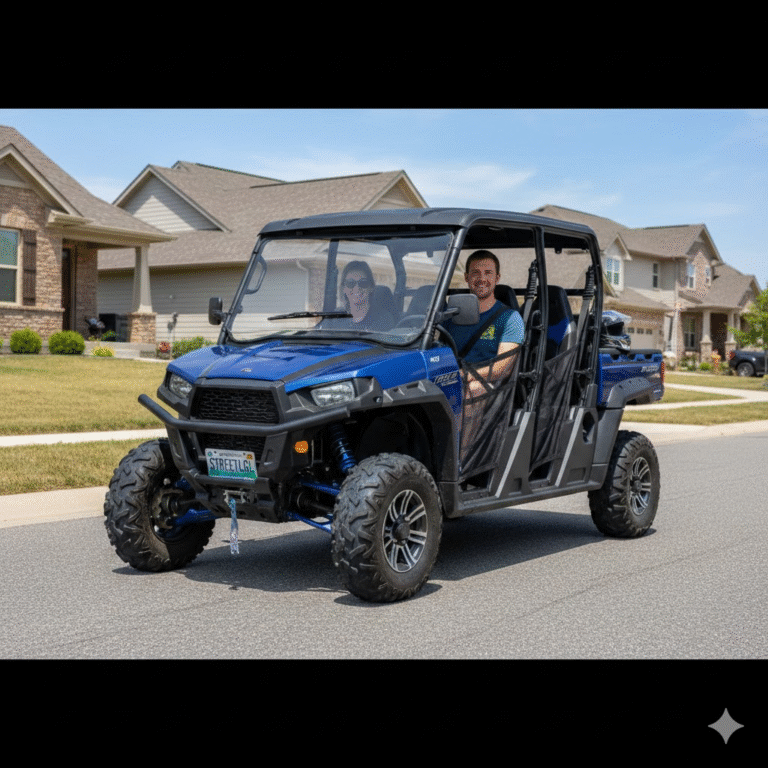
Today, especially in the digital world, high quality images are must more than ever. The clarity and quality of the photos you take really matter; whether for social media, professional reasons or not. Getting a good photo shouldn’t be this hard but many variables go into the final result and blurry, grainy or poorly lit images can be frustrating.
Fortunately, making your image better doesn’t need to be difficult. Getting sharp and vibrant looking photos, and making them look professional doesn’t have to be hard – as long as you have the right tools and techniques. In this guide, we will cover the common issues that affect image quality and how to resolve them using both practical tips and leading edge tools like free AI photo enhancers.
Common Issues That Affect Image Quality
Let’s start with some of the common problems that can make a picture awful and then work our way into image quality improvement. If you can recognize these problems, you can solve them.
1- Blurriness
A blur is one of the most common problems when creating photos. This usually occurs if the camera itself is moved a bit when taking the picture or, ultimately, the subject is in motion. A small shake can mean your photo will lose focus and will appear soft and unclear.
2- Low Resolution
Another problem is with low resolution images. In this case, it’s because the photo lacks enough pixels and so when the photo is enlarged, it becomes blurry or looks pixelated. If you have a bad camera or you’ve uploaded your photo to a platform that either doesn’t support high quality or has reduced it somehow when uploading, then you could have low resolution.
3- Noise and Grain
Have you ever taken a photograph at (any) low light and the photo appears noisy, with small dots, or full of “grain”? The camera sensor fails to collect enough light on this and it’s called ‘noise,’ mainly in darker environments. Some people like the “grainy” look for artistic reasons but when the image is high quality, it’s a distraction.
4- Poor Lighting and Bad Color Balance
An image will be a sharp and bright one with lighting. Lighting can poorly light areas, creating shadows, over exposed areas and dull colors. With the color balance (white balance) your photo can look different. If you get a blue, yellow, or a green tint to your image it is because the color temperature is off and the image looks unnatural.
Using Software and Tools to Enhance Image Quality
If you can take a picture, it should be fine but sometimes there’s something lacking. That is where editing softwares and tools comes in. A free AI photo enhancer is one of the best tools out there. They are tools that use artificial intelligence to make it easier to improve your photos — automatically, so they look cleaner and clearer with as little effort as possible.
1- AI-powered tools Like AI Ease
AI Ease is one of the most effective and user friendly photo enhancer with free AI tool. The tool is meant to quickly and efficiently solve common photo issues, without requiring any technical skills.
To get more out of your photos AI Ease is a go to solution. Let’s look at some of the key features that make AI Ease the go to solution.
2- Blurriness Removal
AI Ease makes blurry images a huge pain, but fixes them very easily. AI based corrections are automatically applied to make the areas of your photo which are not in focus look crisp and clear.
3- Sharpness Enhancement
Images often aren’t sharp, even when looking carefully. AI Ease smooths out the noise and increases the sharpness of your pictures to the finest details possible, making your photos look more professional and more amazing.
4- Noise Reduction
Your image can get spoiled with grainy photos. This makes using AI Ease very handy: it can help you cut down on noise and graininess when in low light photos, making your images look smoother and more polished.
Some other Tips and Techniques to Improve Image Quality
Being aware of common issues now, we’ll look at some practical ways to improve your image quality with some easy tips and techniques.
Use Proper Lighting
It’s all about lighting: Your photo will be sharp and vibrant. The best way to do that is to get natural light, so opt to take the photos near a window or somewhere outside during day. It helps to avoid harsh sunlight as it may create unwanted shadows or overexposed areas. If you’re indoors, opt for soft lighting, and don’t use the camera’s flash that can flatten and make photos look unnatural.
Focus on Resolution
If possible, take pictures of anything at the very highest resolution. This way your photo doesn’t lose detail, should it be viewed on bigger screens or be printed. And unless your smartphone is especially old and likely isn’t capable of taking high-quality shots in the first place, most modern smartphones give you the ability to adjust the resolution settings, so check to make sure you’re capturing images at the maximum quality.
Avoid Zooming In Too Much
Digital zoom can quickly degrade your photo from readable to pixelated. If you cannot move closer toward your subject, then instead of zooming in, try your best to zoom out. Doing this helps keep your image sharp and detailed..
Conclusion
The good news is that it’s never been easier to improve image quality, and tools likes free AI photo enhancer, AI Ease, can quickly fix things like blurriness, noise and poor color balance. If you want to improve your pictures for professional purposes or just to improve pictures of yourself, then following these simple tips and using right tools can really do a lot of difference.
Give AI Ease a try, and you’ll discover that it’s as easy as 1, 2, or 3 to make your photos look professionally done!


